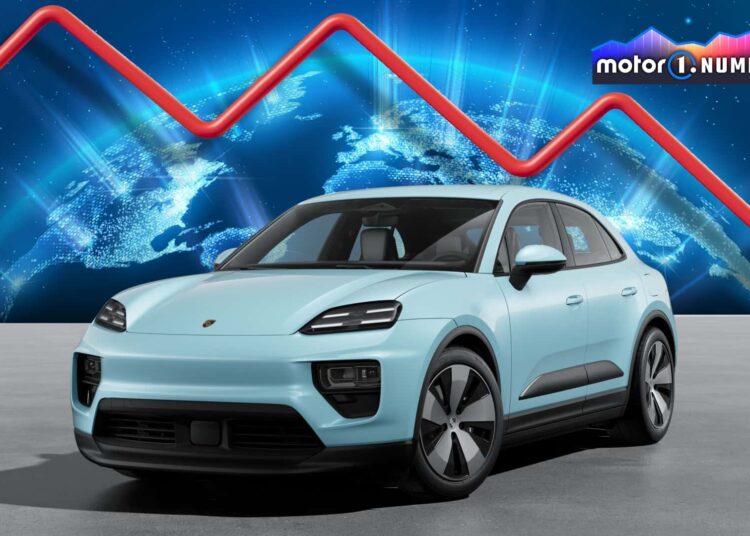“Even the rich cry” is an expression that reminds us even those living in comfort can face difficult times. In the automotive field, these days, this is the case for Porsche. The company that built its reputation on sports cars flourished with an expansion into SUVs and luxury sedans. But times are changing.
Make no mistake; Porsche is a strong brand within the struggling Volkswagen Group. Over the past 15 years, it has successfully entered new segments and introduced new models and engines that were unthinkable a few decades ago. Thanks to quality, performance, and good marketing, Porsche increased its global sales almost threefold between 2009 and 2023. Other brands such as Tesla may have grown even faster in a shorter period, but its cars are not as expensive as Porsches.
This remarkable achievement allowed Porsche to confidently explore the electric car segment with relative success. The Porsche Taycan is one of the best-selling luxury electric cars today and a good example of how electrification doesn’t necessarily harm the image of a sports car brand. However, new problems are emerging.
Declining EV Demand
Last year, Porsche set a new annual sales record with 320,200 units worldwide after 16 consecutive years of growth (barring the COVID pandemic in 2020). However, it seems the streak is coming to an end. The latest data released shows global deliveries between January and September were 226,000 units, a decrease of almost 7 percent compared to the same period in 2023.
Photo by: Motor1.com
According to Porsche’s report, the main reason for the decline is lower demand in China, which fell by 29 percent. As for the models, two clear problem areas are hitting the company where it hurts. First, the Porsche Taycan is suffering sharp declines in a market where demand is no longer growing, at least in Europe and the United States.
The Taycan is also facing increasing competition in China, the world’s largest electric market by far. To make matters worse, the Taycan was unveiled at the 2019 Frankfurt Motor Show, meaning the aging model has been on the market for five years.
The Macan Case
The other, more worrying trend, involves the Macan. With the arrival of the second generation—available only as an EV—Porsche’s bestseller is trying to beat the sales results of its combustion-powered predecessor. Porsche has eliminated the first-generation Macan from some key markets to focus solely on the new one. You no longer see the ICE Macan on Porsche’s websites in Germany, France, the Netherlands, Spain, and Austria.

Photo by: Motor1.com
The new Macan costs 22 percent more on average than the previous generation. The increase is mainly due to the change in powertrain from combustion to electric. The situation is worsened by the growing fears and negative sentiment towards electric vehicles in Europe. And the new Macan hasn’t been introduced everywhere yet, so the model changeover is also hurting sales.

Photo by: Motor1.com
Prices based on estimates in the German market.
In short, the numbers show that Porsche is no longer growing mainly because of its electric models amid softer demand. Might this negative trend also impact other established luxury brands pushing towards a larger EV lineup?
The author of the article, Felipe Munoz, is an Automotive Industry Specialist at JATO Dynamics.
Read the full article here



























Discussion about this post